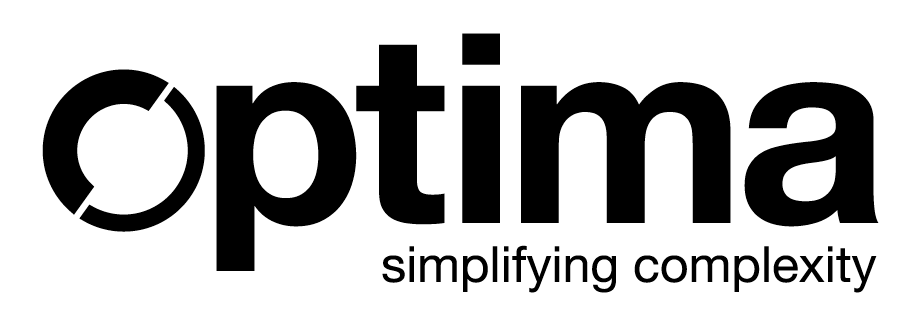Resource Scheduling: How to support lab effectiveness
Laboratory managers are under constant pressure to deliver final results in a timely manner.
The rapid completion is the result of a variety of factors, including timely decision making and meeting customer expectations right the first time .
Laboratory managers face several challenges in meeting these requirements:
– Resource availability: they must ensure that sufficient resources, skilled staff, operational equipment and instrumentation are available to efficiently manage the workload and meet tight deadlines.
– Optimised workflows: They need to design and implement workflows that aim to minimise bottlenecks and maximise efficiency in sample processing, analysis and reporting.
– Maintain a high level of quality: They need to ensure quality control measures are in place to be able to rely on the accuracy and integrity of results, even under time pressure.
– Ensure staff training and development: they need to invest in the continuous improvement of their laboratory staff, ensure a high level of expertise and a balance in the distribution of skills within the team
Last but not least, lab managers need to adapt to the changing priorities of requests. Not only do requirements change over time, but new ones emerge urgently. Changes lead to greater complexity in resource planning, which sometimes results in reviews that can be very time-consuming.
Resource scheduling is a great tool that allows laboratories to utilise resources in the most efficient way. Qualified personnel and available instruments should be assigned to the various tasks that arise in the laboratory to perform the required analytical tests and all related activities (admin, reporting,…) . Every day, laboratory managers and supervisors look for the most efficient way to perform the activities in order to deliver the results on time.
Resource Scheduling: Project Planning
When involved in projects, laboratories must play their part. Here too, it is a question of meeting the requirements within a given period of time, by drawing up realistic project plans.
A resource scheduling solution can contribute to project planning in many ways.
– Resource Availability: Allocating a certain percentage of time to some team members and certain instruments ensures that these resources are not booked by default in the daily routine.
– Facilitating medium and long-term planning: The resource scheduling system gathers knowledge and becomes a great source of information for developing trend analyses, creating critical KPIs and identifying future improvement needs.
At the end of the day, laboratories are scientific and sophisticated service organisations that respond to specific needs. The goal of service organisations has always been to deliver in the most efficient way and in the shortest possible time.
Resource Scheduling: Scalability
Resource allocation is a critical aspect of operational efficiency in service organisations, and laboratories are no exception.
The use of effective information management systems to optimise resource allocation is still underutilised in many laboratories. Instead, outdated methods such as paper-based systems, sticky notes on the walls and the use of Excel spreadsheets continue to prevent laboratories from realising their full potential in resource management.
These traditional methods lack the scalability and flexibility to adapt to dynamic requirements and changing priorities in a laboratory environment. Furthermore, relying on Excel files carries the risk of errors and constant mistakes.
Resource Scheduling: Resource optimisation and Lab efficiency
The true cost of manually managing lab resources can be significant. Just think of the cost of employing a full-time skilled equivalent (FTE) to constantly edit Excel files and reallocate resources to efficiently fulfil changing requirements. In addition to the direct costs of employing skilled labour for these tasks, there are additional hidden costs associated with the time spent on frequently responding to analysis status via email or phone calls, as well as the extensive daily meetings required to discuss scheduling details with clients.
In Conclusion
The key to overcoming these challenges lies in the implementation of dedicated Laboratory Resource Management Systems (LRMS). LRMS platforms such as Optima use advanced technologies to automate resource scheduling and provide real-time analysis and measurement of KPIs.
By switching from manual, Excel-based methods to advanced laboratory resource management systems (LRMS), laboratories can realise significant cost savings and operational efficiencies, improve accuracy, save time and increase customer satisfaction.





